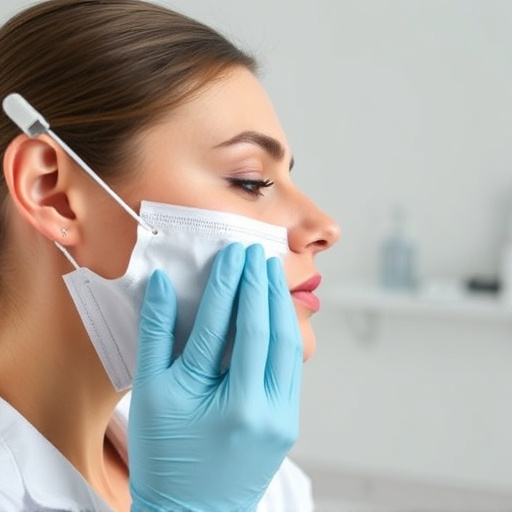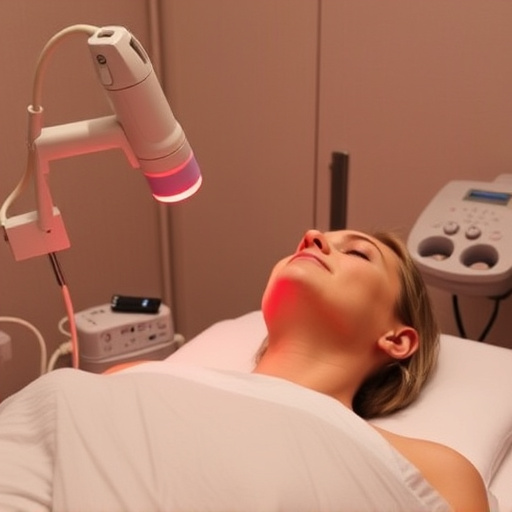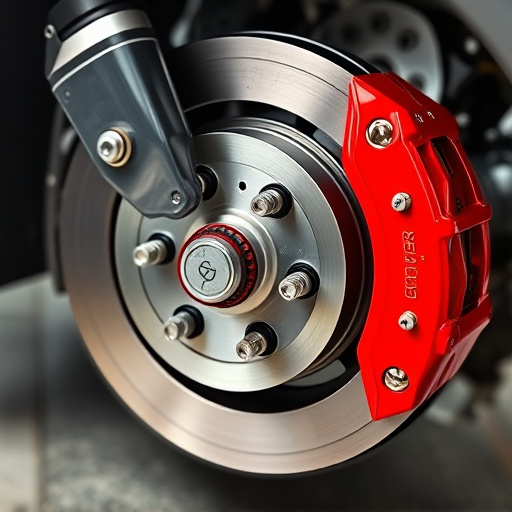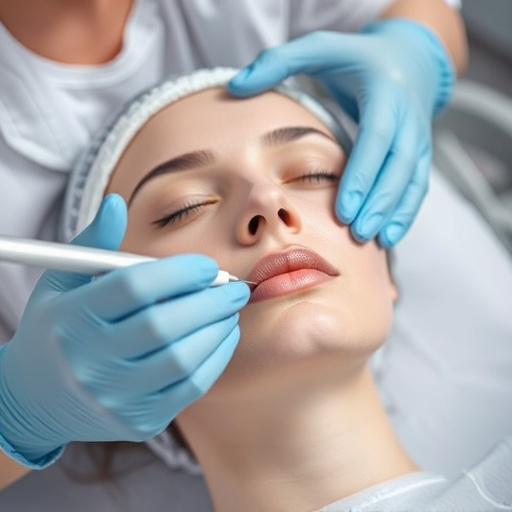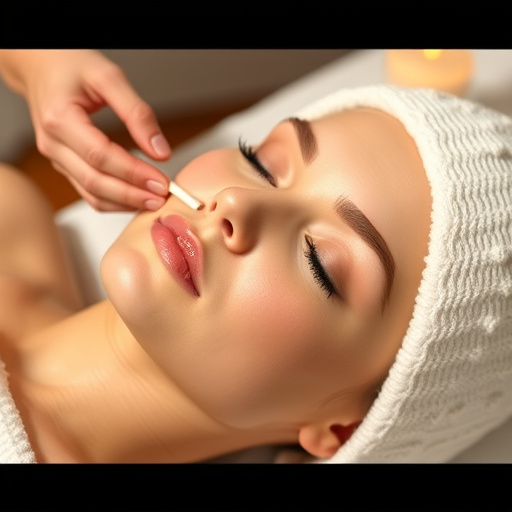Sebaceous filament removal isn't a quick fix for acne but a recognition of natural skin structures. While over-the-counter products can assist, professional services like laser hair removal are often needed for safe and effective removal. Gentle exfoliation with AHAs or PHAs and hydrating ingredients improve skin texture; more severe concerns require dermatologist consultation. Prioritizing safety and effectiveness is crucial for successful sebaceous filament removal.
Uncover the truth behind common myths surrounding sebaceous filament removal. This guide aims to demystify these tiny yet noticeable skin structures, addressing prevalent misconceptions. Learn why simply trying to remove them isn’t always the answer. Instead, discover effective and safe methods to reduce their appearance, ensuring healthy, radiant skin. Explore evidence-based practices for achieving a smooth, clear complexion without resorting to harsh treatments.
- Understanding Sebaceous Filaments: Demystifying the Basics
- Common Misconceptions About Their Removal
- Effective Yet Safe Methods for Filament Reduction
Understanding Sebaceous Filaments: Demystifying the Basics

Sebaceous filaments, often referred to as “blackheads,” are a natural part of our skin’s structure. They are tiny openings in the skin through which sebaceous glands release sebum, a waxy substance that helps moisturize and protect the skin. Despite their common association with acne and unsightly appearances, these filaments play a crucial role in maintaining healthy skin.
Understanding the basics is essential when considering sebaceous filament removal procedures. Unlike popular belief, removing these filaments alone won’t miraculously solve acne or enhance skin texture. However, certain aesthetic treatments, like chemical peels or specialized extractors, can help manage their appearance. Incorporating effective acne treatments alongside can address underlying skin concerns, promoting healthier and more radiant skin while ensuring any removal process is safe and gentle.
Common Misconceptions About Their Removal

When it comes to sebaceous filament removal, there are several misconceptions that need clarification. Many people believe that removing these tiny plugs of sebum and dead skin cells is a quick fix for acne or oily skin, but this isn’t entirely true. Sebaceous filaments, though often associated with clogged pores and acne, are a natural part of the skin’s structure. They serve as a binding agent, holding the hair follicle in place.
Another common misconception is that removing them is a simple, at-home procedure. While over-the-counter products can help minimize their appearance, professional medical spa services like laser hair removal are often necessary for effective and safe sebaceous filament removal. This is crucial for maintaining skin health, as aggressive at-home methods or improper techniques can lead to irritation, redness, and even scarring.
Effective Yet Safe Methods for Filament Reduction

Effective yet safe methods for sebaceous filament removal involve a combination of gentle exfoliation and targeted skincare products. While some may opt for harsh chemicals or invasive procedures, it’s crucial to remember that balance is key. Regular, mild exfoliation helps unclog pores and reduce the appearance of these filaments naturally. Look for chemical exfoliants like AHAs (Alpha Hydroxy Acids) or PHAs (Poly-Hydroxy Acids) which are known for their ability to smoothen skin texture without causing irritation. Additionally, integrating hydrating and nourishing ingredients into your routine can aid in maintaining a healthy, balanced complexion—a foundation for optimal skin rejuvenation.
In terms of addressing larger concerns like skin tightening and wrinkle reduction, these techniques provide a starting point. However, for more advanced issues, consulting with a dermatologist is recommended. They can offer tailored solutions that go beyond basic filament removal, focusing on holistic approaches to skin care, including lifestyle adjustments and advanced treatments designed for maximum impact. Remember, safe and effective sebaceous filament removal is achievable when leveraging the right tools and expertise.
In light of the above discussions, it’s clear that understanding and addressing sebaceous filament removal can significantly improve skin health. By debunking common myths and adopting safe, effective methods, you can achieve smoother, clearer skin. Remember that patience and consistency are key when it comes to managing these filaments, and consulting a dermatologist for personalized advice is always beneficial. With the right approach, achieving a healthy glow and reducing sebaceous filament visibility is well within reach.
